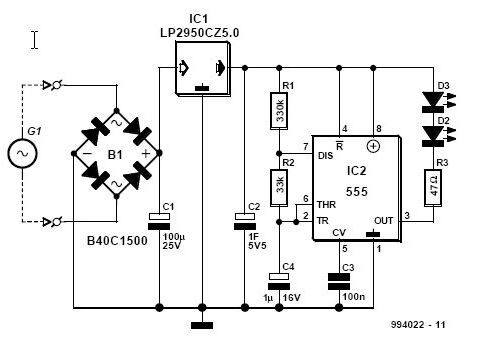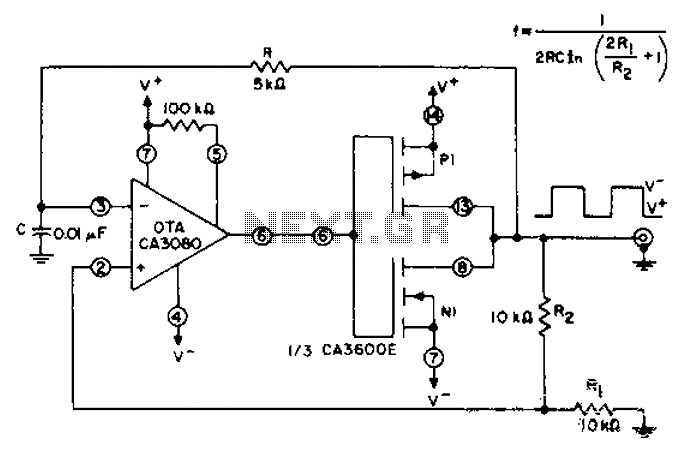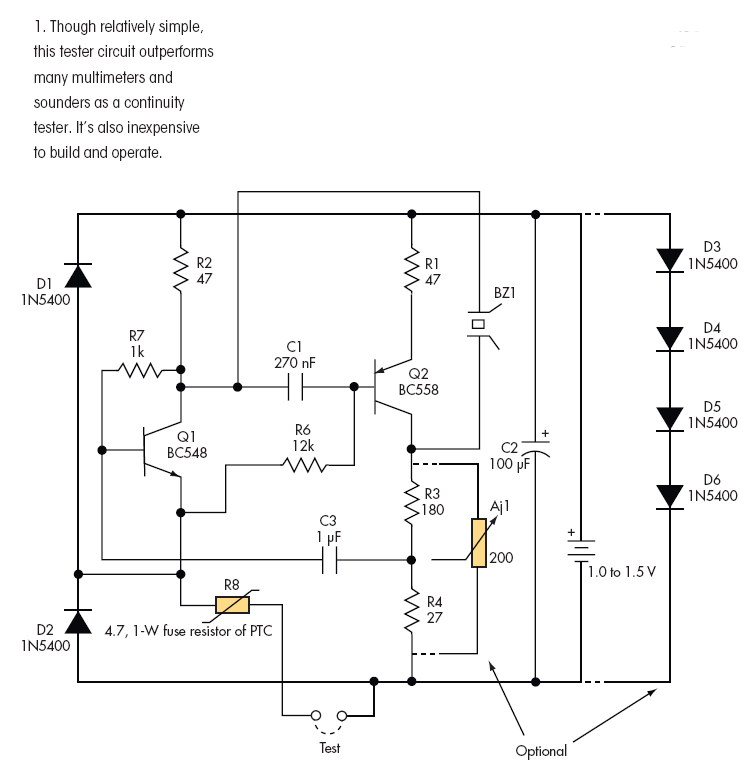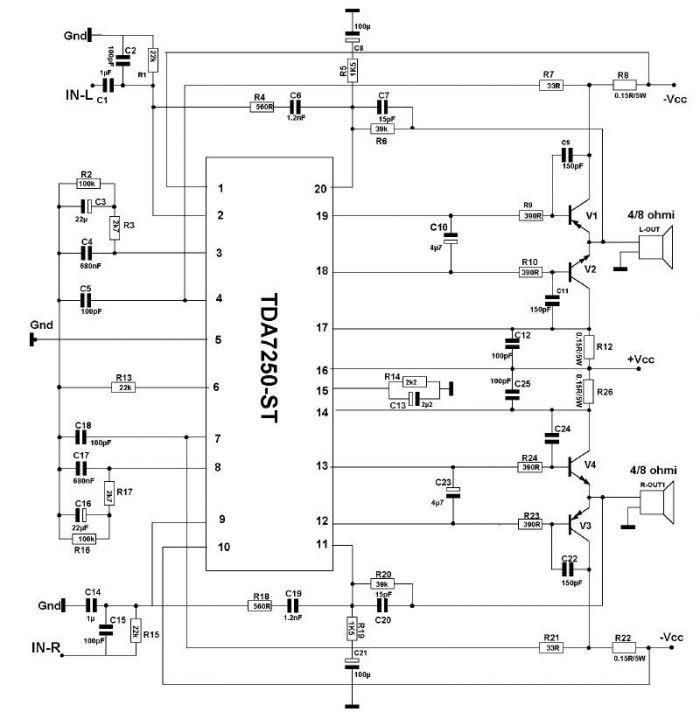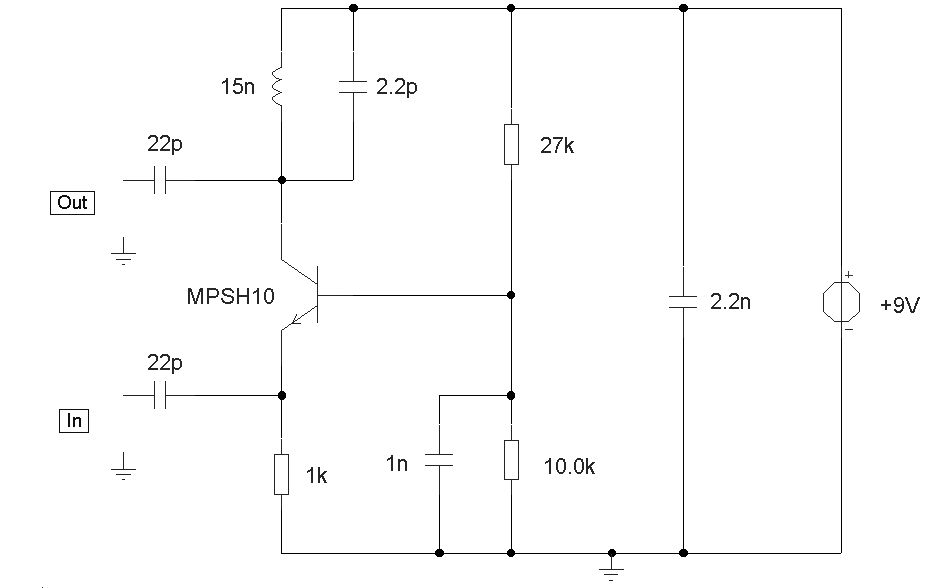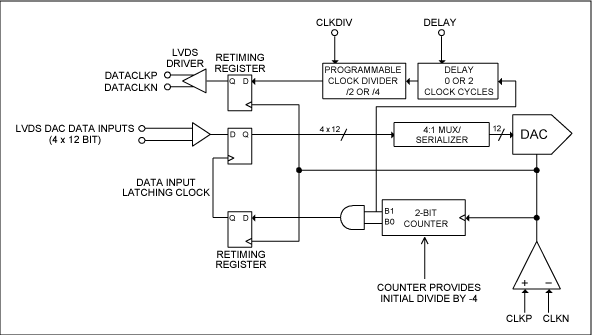
Double transistor low noise of the preamplifier measured by high
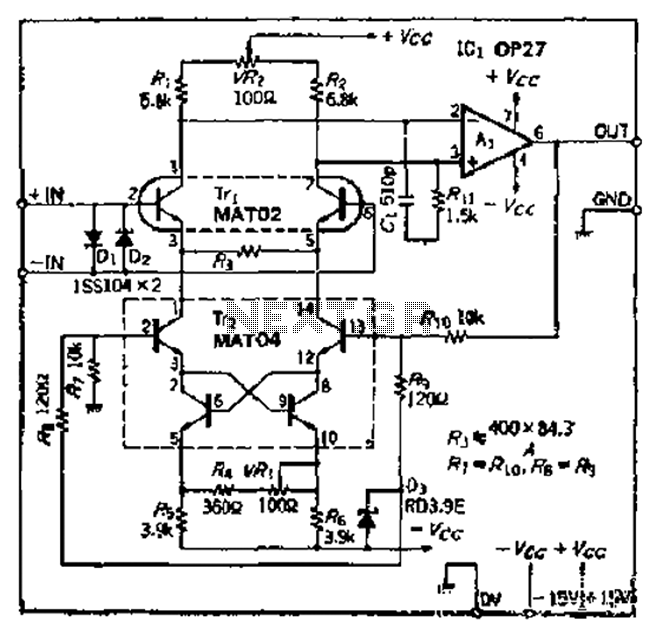
The Bong ordinary differential amplifier circuit differs from a standard differential circuit by incorporating a voltage-current conversion circuit, which consists of resistors R and Rl. The operational amplifier (OP amp) includes a voltage divider that subsequently converts the voltage into current feedback. The voltage gain of the circuit can be calculated using the formula A = (VRi) * (1 + Rl/Rs). The gain may range from 1 to 1000. Due to the connection of the two transistors in the differential amplifier, the common-mode input voltage is reduced, which affects the generic operational amplifier characteristics. It is important to consider the differential amplifier's transistor collector drop resistance, Ri, and Rz in series for offset adjustment. If there is sufficient zero drift in the circuit, the VRZo can be omitted in a multistage amplifier circuit to reduce gain; otherwise, it may introduce instability. Therefore, a phase compensation circuit may be necessary to ensure stability, with component parameters derived from the minimum gain decision.
The Bong ordinary differential amplifier circuit is a sophisticated configuration designed to enhance signal processing capabilities by converting voltage signals into current feedback. This circuit employs resistors R and Rl to achieve a voltage-current conversion, which is pivotal for maintaining signal integrity across various operating conditions. The operational amplifier within this circuit is equipped with a voltage divider that plays a crucial role in determining the feedback mechanism, effectively transforming voltage signals into a manageable current format.
The voltage gain of the circuit is a significant parameter, calculated using the formula A = (VRi) * (1 + Rl/Rs). This indicates that the gain can be finely tuned by adjusting the resistor values, allowing for a versatile range of amplification from 1 to 1000. Such flexibility is essential in applications where precise signal amplification is required, such as in sensor interfacing and audio processing.
A notable feature of this circuit is the arrangement of two transistors that connect at the base, which serves to minimize the common-mode input voltage. This reduction is crucial as it enhances the performance of the amplifier by mitigating the effects of noise and interference that can compromise signal fidelity. However, this modification also necessitates careful consideration of the operational amplifier's characteristics, as the typical assumptions regarding gain and bandwidth may not hold true under these conditions.
In addition, attention must be given to the collector drop resistance of the differential amplifier's transistors, specifically Ri and Rz, which are configured in series to facilitate offset adjustments. This adjustment is vital for eliminating any inherent offsets that could distort the output signal. If the circuit exhibits sufficient zero drift, it may be feasible to eliminate the VRZo component in a multistage amplifier setup, thus simplifying the design while maintaining performance. However, caution must be exercised, as neglecting this adjustment may lead to instability or oscillations in the output.
To further enhance stability, a phase compensation circuit may be integrated into the design. This circuit is critical for ensuring that the amplifier operates within a stable range, particularly at higher gains where phase shifts can lead to undesirable feedback loops. The selection of component parameters for this compensation circuit should be based on the minimum gain requirements, ensuring that the amplifier remains responsive without sacrificing stability.
In summary, the Bong ordinary differential amplifier circuit represents a refined approach to signal amplification, combining voltage-current conversion with adjustable gain and stability features. Its design considerations are essential for achieving optimal performance in various electronic applications. Bong ordinary differential amplifier circuit and the difference circuit is that it has made a voltage-current conversion circuit rPl constituted with R. And Rl o of the OP ampl ifier includes a voltage dividing, and then convert it into current feedback. Voltage gain of the circuit can be A! Type Health + VRi) (1, a Rioj R.) --- Rs calculated. If quad + v crown. About cricket oQ, according ugly s 33 2 ~ µ3kC!. 4 magnification may be in the range of l-l000 of the. Because the two-transistor Fr guard base connected - mine death o, they were neat sodium 3. 9V two pipe confidence vote, so that the common-mode input voltage is reduced, then the generic OP amplifier characteristics can not be used, should be noted o VRs differential amplifier transistor collector drop resistance Ri and Rz series for offset adjustment. If there is enough after the circuit zero drift, you can not VRZo in a multistage amplifier circuit to reduce the magnification if, it would have a vibration.
End, and therefore need to add a phase compensation circuit (mouth, and,.), Component parameters from the minimum gain decision stingy
The Bong ordinary differential amplifier circuit is a sophisticated configuration designed to enhance signal processing capabilities by converting voltage signals into current feedback. This circuit employs resistors R and Rl to achieve a voltage-current conversion, which is pivotal for maintaining signal integrity across various operating conditions. The operational amplifier within this circuit is equipped with a voltage divider that plays a crucial role in determining the feedback mechanism, effectively transforming voltage signals into a manageable current format.
The voltage gain of the circuit is a significant parameter, calculated using the formula A = (VRi) * (1 + Rl/Rs). This indicates that the gain can be finely tuned by adjusting the resistor values, allowing for a versatile range of amplification from 1 to 1000. Such flexibility is essential in applications where precise signal amplification is required, such as in sensor interfacing and audio processing.
A notable feature of this circuit is the arrangement of two transistors that connect at the base, which serves to minimize the common-mode input voltage. This reduction is crucial as it enhances the performance of the amplifier by mitigating the effects of noise and interference that can compromise signal fidelity. However, this modification also necessitates careful consideration of the operational amplifier's characteristics, as the typical assumptions regarding gain and bandwidth may not hold true under these conditions.
In addition, attention must be given to the collector drop resistance of the differential amplifier's transistors, specifically Ri and Rz, which are configured in series to facilitate offset adjustments. This adjustment is vital for eliminating any inherent offsets that could distort the output signal. If the circuit exhibits sufficient zero drift, it may be feasible to eliminate the VRZo component in a multistage amplifier setup, thus simplifying the design while maintaining performance. However, caution must be exercised, as neglecting this adjustment may lead to instability or oscillations in the output.
To further enhance stability, a phase compensation circuit may be integrated into the design. This circuit is critical for ensuring that the amplifier operates within a stable range, particularly at higher gains where phase shifts can lead to undesirable feedback loops. The selection of component parameters for this compensation circuit should be based on the minimum gain requirements, ensuring that the amplifier remains responsive without sacrificing stability.
In summary, the Bong ordinary differential amplifier circuit represents a refined approach to signal amplification, combining voltage-current conversion with adjustable gain and stability features. Its design considerations are essential for achieving optimal performance in various electronic applications. Bong ordinary differential amplifier circuit and the difference circuit is that it has made a voltage-current conversion circuit rPl constituted with R. And Rl o of the OP ampl ifier includes a voltage dividing, and then convert it into current feedback. Voltage gain of the circuit can be A! Type Health + VRi) (1, a Rioj R.) --- Rs calculated. If quad + v crown. About cricket oQ, according ugly s 33 2 ~ µ3kC!. 4 magnification may be in the range of l-l000 of the. Because the two-transistor Fr guard base connected - mine death o, they were neat sodium 3. 9V two pipe confidence vote, so that the common-mode input voltage is reduced, then the generic OP amplifier characteristics can not be used, should be noted o VRs differential amplifier transistor collector drop resistance Ri and Rz series for offset adjustment. If there is enough after the circuit zero drift, you can not VRZo in a multistage amplifier circuit to reduce the magnification if, it would have a vibration.
End, and therefore need to add a phase compensation circuit (mouth, and,.), Component parameters from the minimum gain decision stingy
